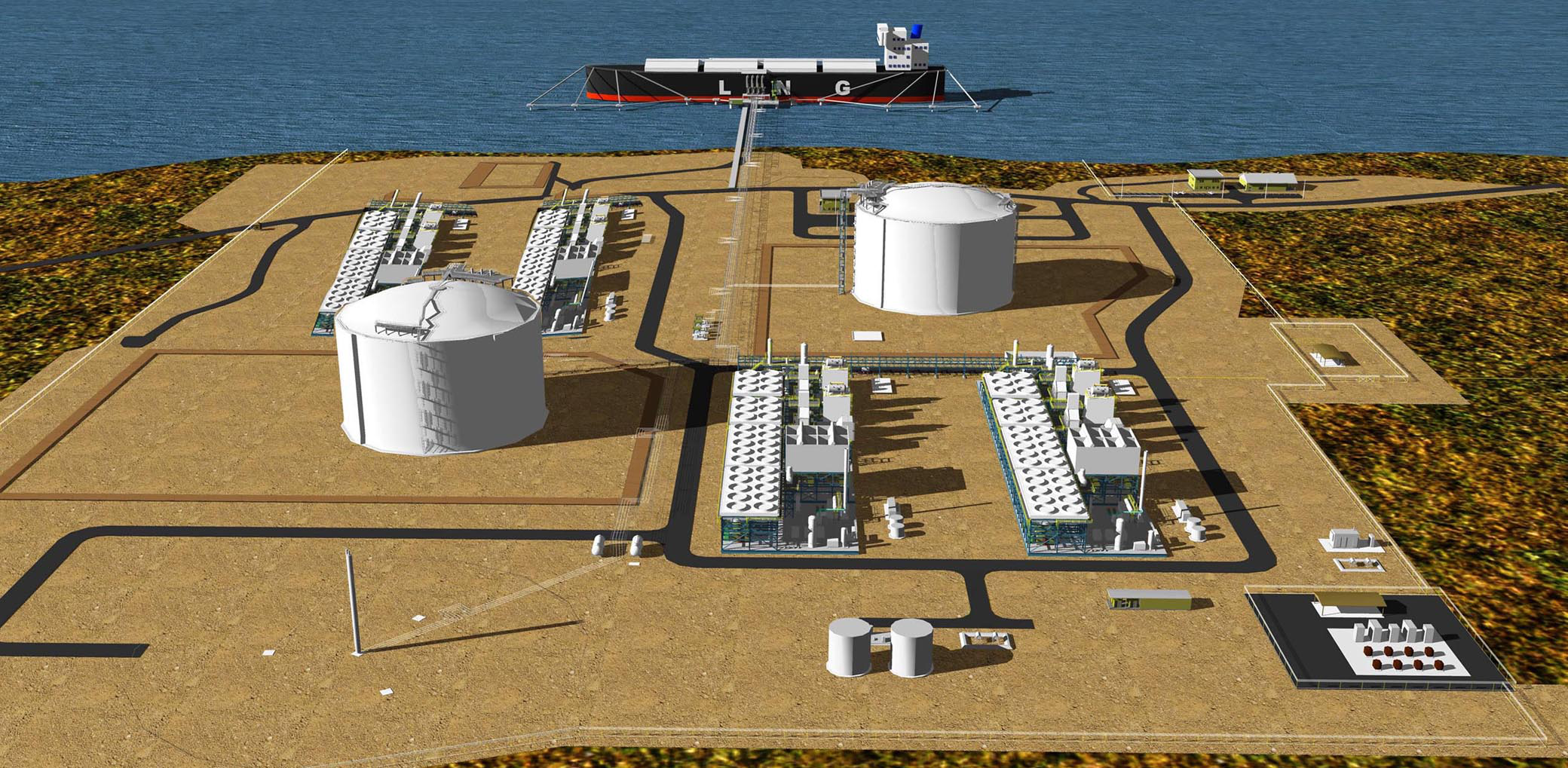
Russia’s invasion of Ukraine is fueling renewed interest in developing natural gas export facilities on Canada’s east coast, as European countries look abroad for more stable energy supplies that align with international climate change plans and respect for human rights.
“The war in Ukraine has certainly brought the east coast LNG industry back to the forefront,” said Michelle Robichaud, president of the Atlantica Centre for Energy, a New Brunswick-based advocacy organization that promotes energy development in Canada’s Atlantic provinces and the U.S. Northeast.
“We would love to see projects get going here, as they will bring huge economic benefits and long-term opportunities for so many communities.”
Nova Scotia LNG projects are seeing increased momentum as skyrocketing energy prices have intersected with political efforts to reduce Russia’s influence as Europe’s dominant oil and gas supplier.
On May 5, U.S.-based Buckeye Partners L.P. announced its acquisition of the Bear Head LNG project in the Straight of Canso – the only project in Eastern Canada that is fully permitted for construction and exports but has remained dormant for years due to low commodity prices.
The new owner says the project is ripe for rapid advancement, as it provides convenient access to European markets.
Conflict in Ukraine has accelerated efforts in Europe to reduce reliance on Russian natural gas. Germany – Russia’s largest gas customer – has done this since February by shifting towards other suppliers in neighbouring countries.
The German government has kickstarted development of more LNG import infrastructure to further diversify its gas supply as part of the country’s long-term plans to reduce greenhouse gas emissions and cut ties with Russia. Germany intends to reduce its share of Russian gas from 55 per cent of overall supply to 30 per cent by the end of this year and 10 per cent by 2024, according to the consulting firm Wood Mackenzie.
As part of its support for Ukrainian independence, the Canadian government has approached the proponents of two other large-scale LNG projects on the east coast to determine if they could be fast tracked to bring Canadian gas to Europe.
Federal Natural Resources Minister Jonathan Wilkinson has said that talks are underway with Spanish company Repsol to add export capability to its LNG import terminal in Saint John, New Brunswick, as well as with Calgary-based Pieridae Energy, which was previously stalled in its efforts to build a major new export facility in Goldboro, Nova Scotia to provide gas from Western Canada to one of Germany’s largest energy firms.
“We are looking at whether there are things we can do to expedite one or more of the projects in a manner that’s consistent with environmental considerations and a long-term transition to a lower-carbon future.” Wilkinson told Reuters earlier this month.
Pieridae CEO Alfred Sorensen confirmed that discussions have taken place with Ottawa in recent months that provide hope the project may be able to overcome significant hurdles that led to the company being unable to reach a final investment decision at the end of last year.
“Our project continues to make sense, as it will be a net-zero LNG export facility, and many want to see Canada offer leadership in a meaningful way to help Europe diversify and de-risk from Russian gas by providing Canadian natural gas overseas in an environmentally and socially responsible manner,” Sorensen said.
In addition to the direct benefits of job creation and economic activity related to construction and operation of major energy infrastructure, Robichaud said a growing energy industry will help build more prosperous and sustainable communities in Eastern Canada.
“Becoming an LNG export hub is very exciting, but it is just the starting point for the long-term benefits that come with having a skilled workforce and innovation that can be applied across our entire energy system and in other sectors that may emerge,” she said.
The unaltered reproduction of this content is free of charge with attribution to Canadian Energy Centre Ltd.